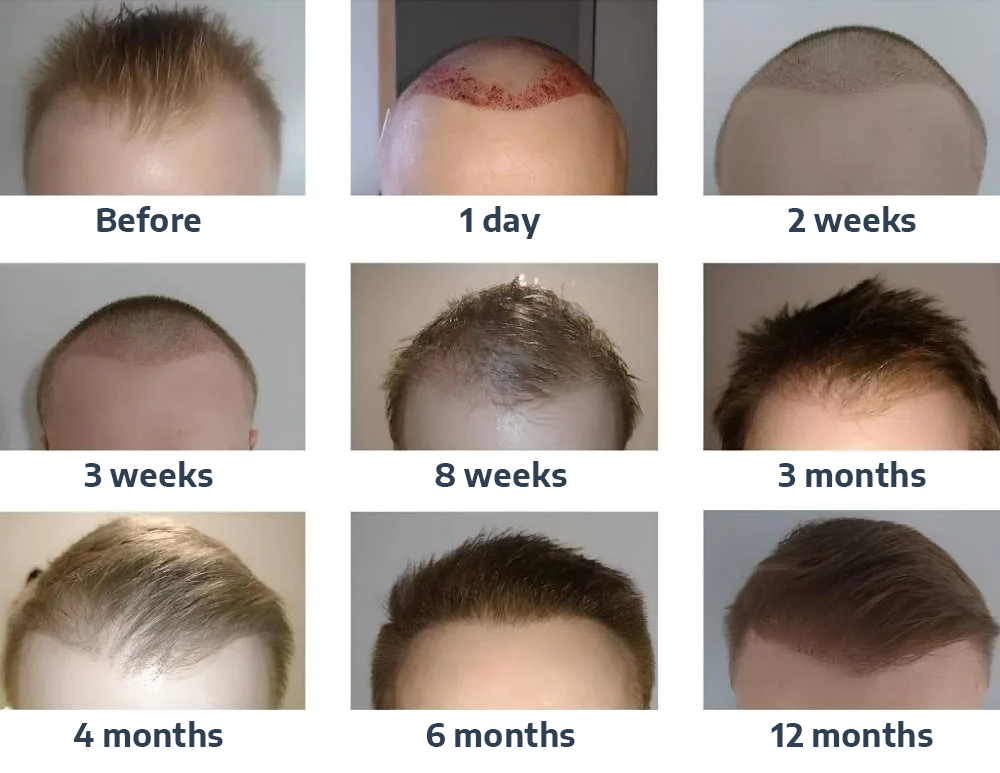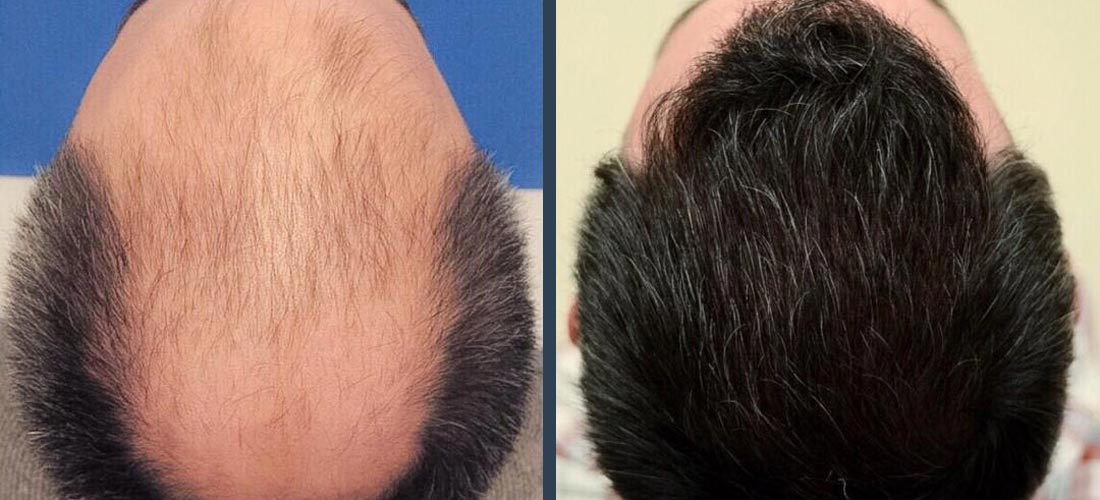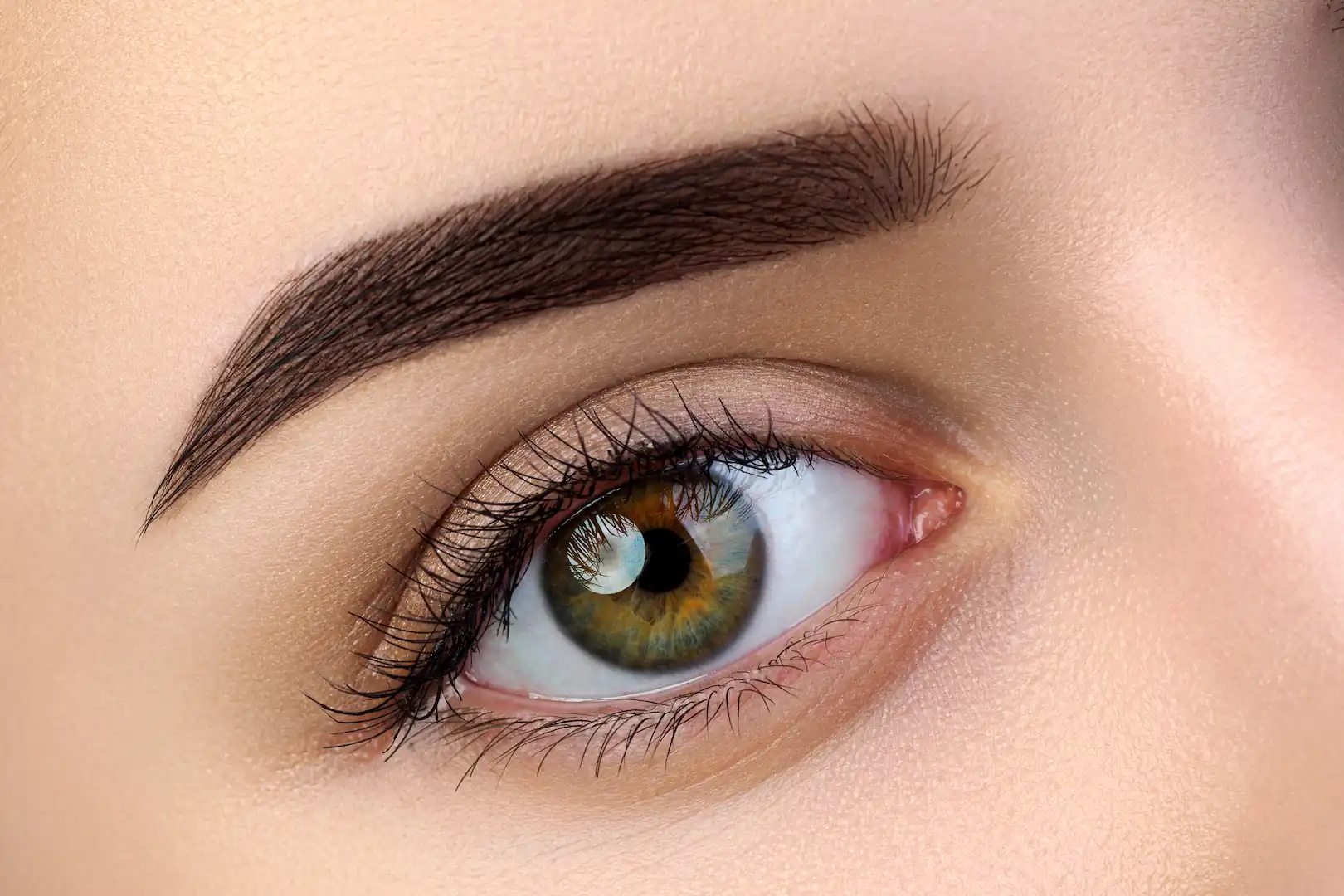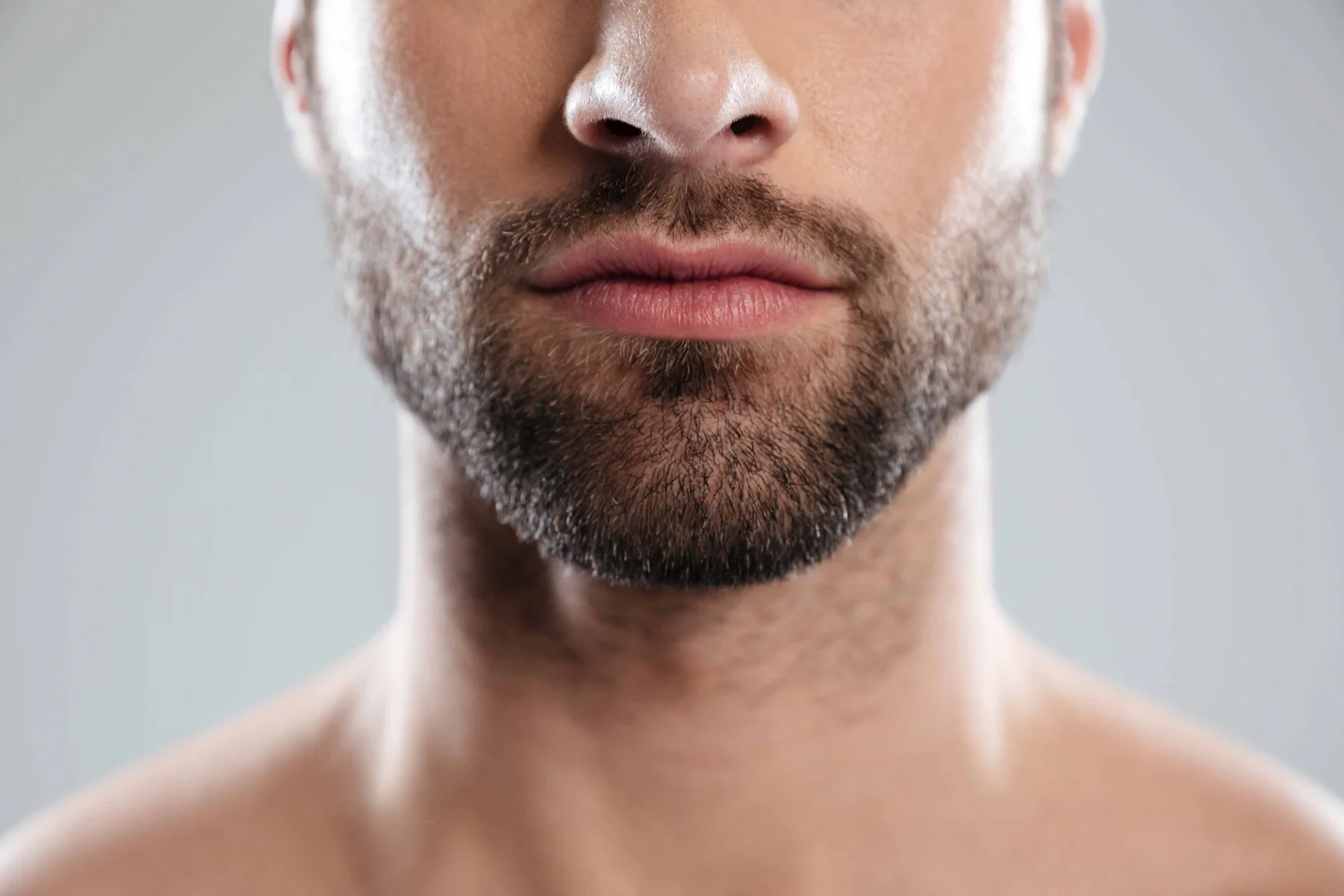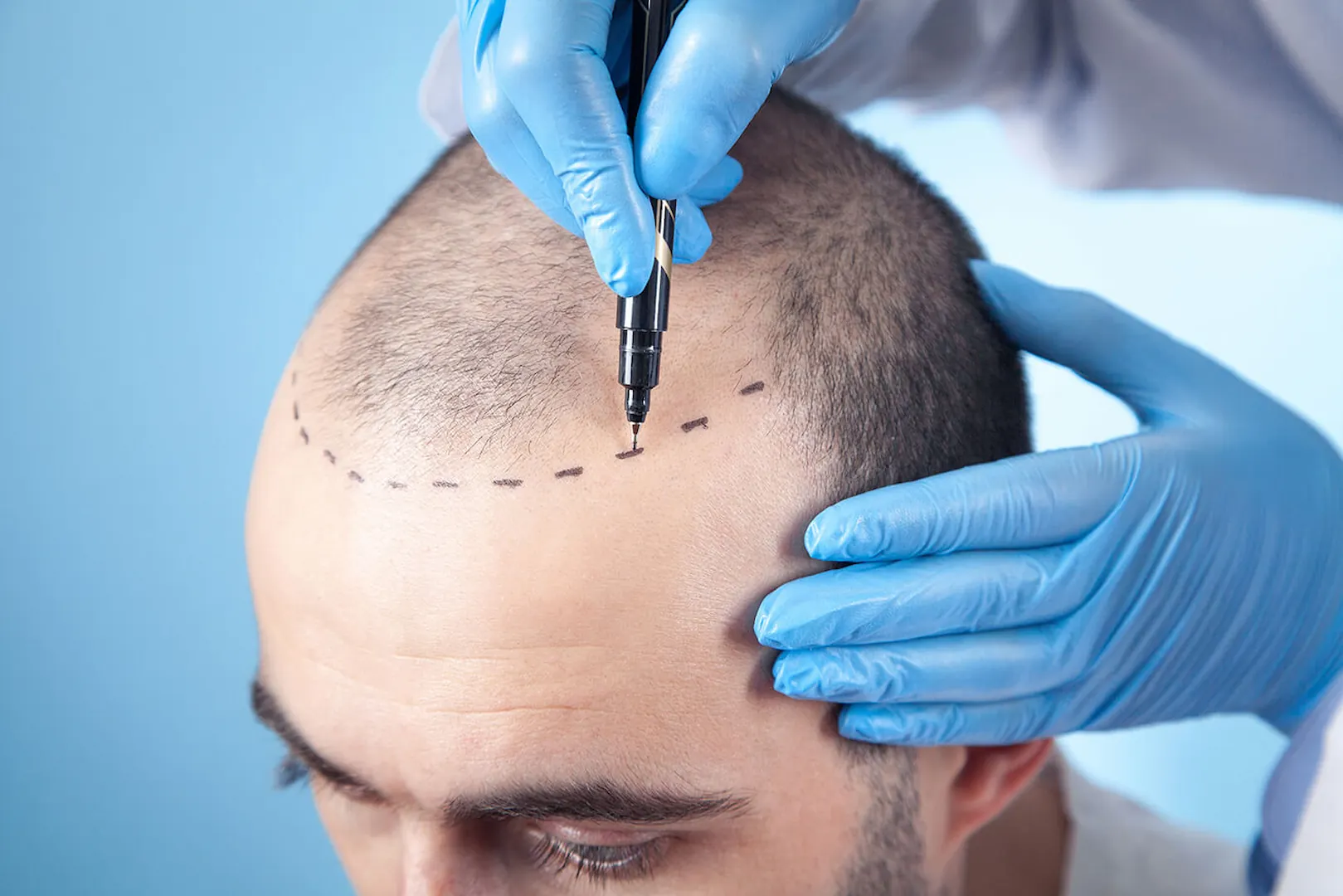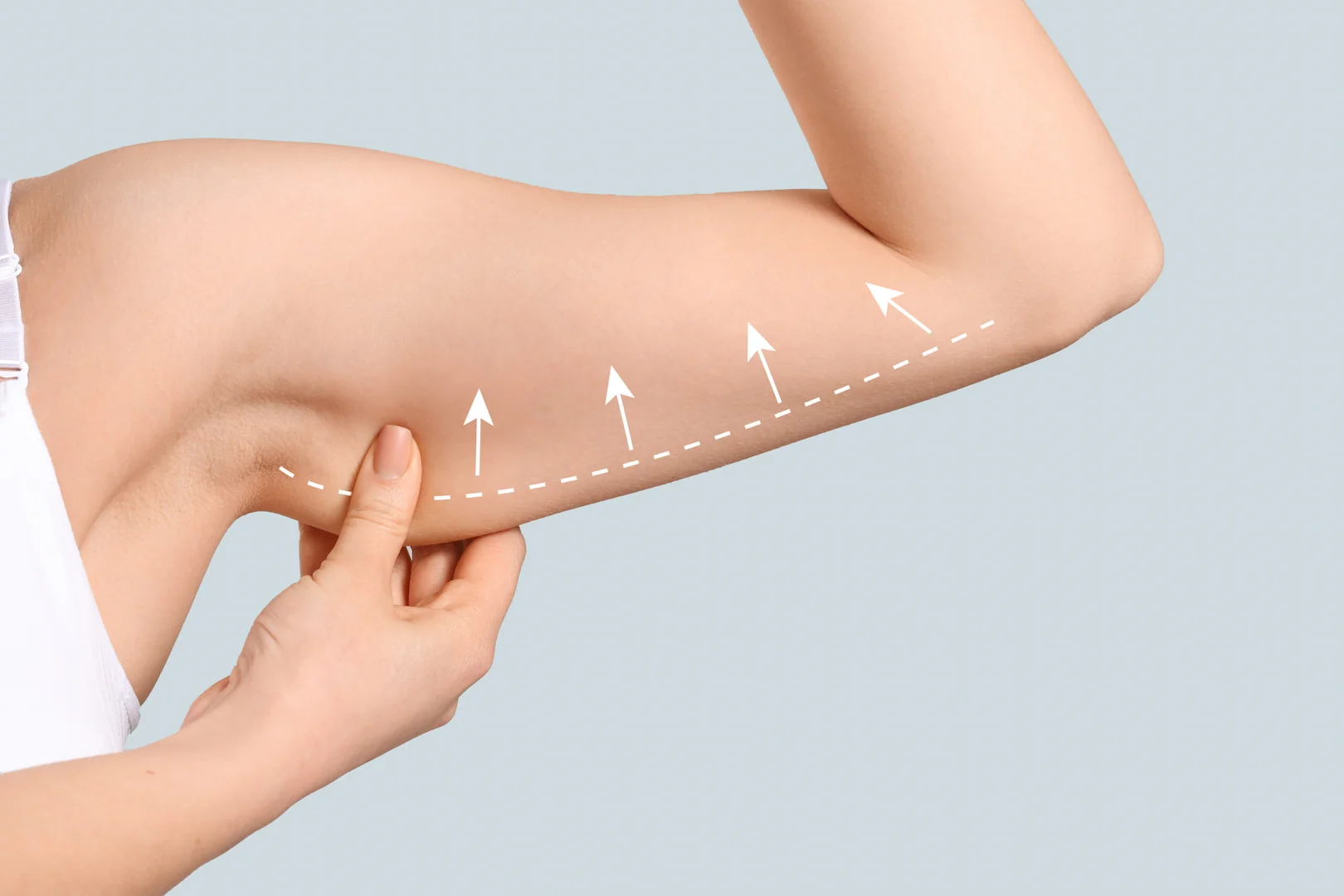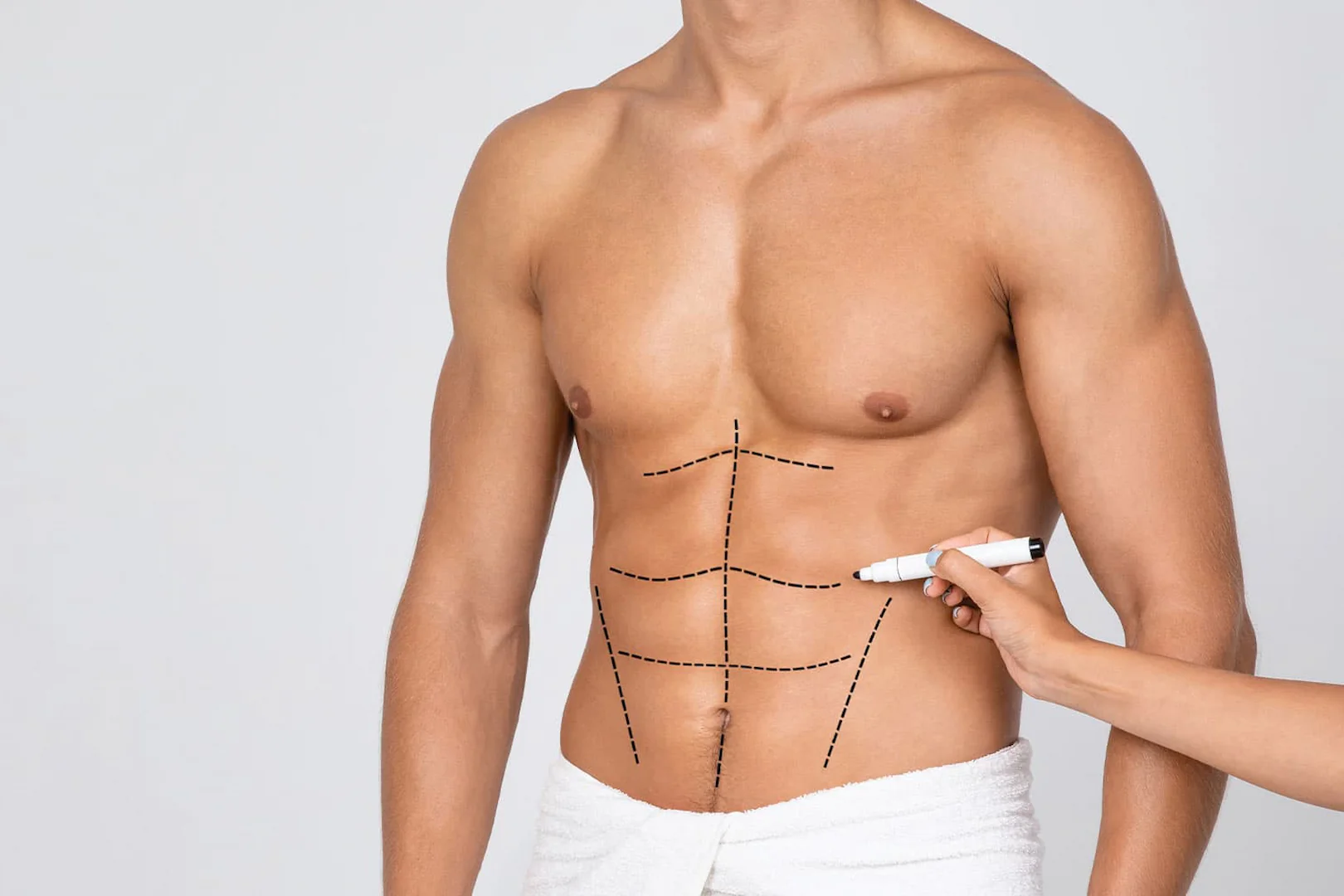Surgical Time
4-9 hours
Anesthesia
Local
Recovery
10-14 days
Hospital Stay
Outpatient
Total Stay
3-7 days
Back to Work
3-14 days
Scalp Hair Transplant in Iran:
Reclaiming Your Hairline and Confidence
For millions worldwide, the sight of thinning hair or a receding hairline can be a source of significant distress, impacting self-esteem, confidence, and how one feels about their appearance. Hair loss, whether due to genetics, aging, or other factors, is a deeply personal journey that can leave individuals searching for effective and lasting solutions. Scalp hair transplant procedures offer a truly transformative answer, meticulously relocating healthy hair follicles to areas of thinning or baldness, creating natural-looking density and restoring a youthful hairline. Iran has rapidly emerged as a global leader in hair restoration, boasting highly skilled hair transplant specialists, state-of-the-art clinics, and remarkably accessible costs. This article delves into the world of scalp hair transplants in Iran, exploring the conditions they address, the specific techniques (FUE and FUT) employed, and the comprehensive, patient-centered care that guides individuals towards regaining their natural hair and renewed self-assurance.
Understanding Scalp Hair Transplant: Reclaiming Your Hairline and Confidence
A scalp hair transplant is a sophisticated surgical procedure that involves moving healthy hair follicles from an area of the scalp with abundant hair growth (the “donor area”) to areas experiencing thinning or baldness (the “recipient area”). Unlike temporary solutions or medications that only slow hair loss, a hair transplant provides a permanent and natural-looking solution because the transplanted follicles retain their original characteristics and continue to grow hair in their new location. The goal is to create a seamless, natural-looking hairline and increase overall hair density, harmonizing with the individual’s facial features and age. This procedure requires both surgical precision and an artistic eye to ensure that the transplanted hair grows naturally and blends perfectly with existing hair.
Conditions Addressed by Scalp Hair Transplant in Iran
Patients seek scalp hair transplant procedures in Iran to address a variety of hair loss concerns:
Male Pattern Baldness (Androgenetic Alopecia)
- The most common form of hair loss in men, characterized by a receding hairline (M-shape) and/or thinning on the crown (vertex).
- Hair transplant is highly effective in restoring hair to these genetically predisposed areas.
Female Pattern Hair Loss (Androgenetic Alopecia in Women)
- While less common for extensive baldness, some women experience diffuse thinning, often at the crown, or a receding hairline.
- Hair transplant can be a suitable option for selected female patients with stable donor areas and specific patterns of hair loss.
Receding Hairline
- A common sign of aging or male pattern baldness, where the hairline gradually moves backward.
- Hair transplant can effectively reconstruct a natural, age-appropriate hairline.
Thinning Hair and Decreased Density
- Even without complete baldness, a significant reduction in hair density can impact appearance.
- Transplant can increase the overall fullness and density in thinning areas.
Hair Loss Due to Trauma, Burns, or Previous Surgeries
- Hair transplant can be used to camouflage scars on the scalp resulting from injuries, burns, or prior surgical procedures by implanting follicles directly into the scar tissue.
Desire for Increased Hair Density or a More Defined Hairline
- Individuals who simply wish to achieve a fuller head of hair or refine the shape and definition of their existing hairline.
Key Scalp Hair Transplant Procedures Available in Iran (Detailed Overview)
Iranian hair transplant clinics offer state-of-the-art facilities and highly skilled teams proficient in the most advanced hair transplant techniques, primarily Follicular Unit Extraction (FUE) and Follicular Unit Transplantation (FUT).
1. Follicular Unit Extraction (FUE) Hair Transplant in Iran
FUE is a minimally invasive hair transplant technique that involves extracting individual hair follicles directly from the donor area (typically the back or sides of the scalp) using a micro-punch tool. These individual follicular units are then meticulously implanted into the recipient (balding or thinning) areas.
Procedure Overview
- Anesthesia: Performed under local anesthesia, often with optional oral sedation for patient comfort.
- Donor Area Preparation: The donor area is typically shaved to allow for precise individual follicle extraction.
- Follicle Extraction: Using a specialized micro-punch tool (0.6mm-1.0mm in diameter), individual follicular units (containing 1-4 hairs) are carefully extracted directly from the donor area. This leaves tiny, punctate scars that are virtually undetectable once hair grows back.
- Recipient Site Creation: Tiny incisions or slits are made in the recipient area, determining the angle, direction, and density of the new hair growth to ensure a natural appearance.
- Implantation: The extracted follicular units are delicately implanted into the prepared recipient sites.
- Duration: Varies significantly based on the number of grafts, typically 4-8 hours for larger sessions, or multiple sessions for very extensive cases.
Indications for FUE
Patients who prefer no linear scar, those who wear their hair very short, individuals requiring smaller transplant sessions, and those who might consider using body hair as a donor source (though scalp hair is always preferred). It’s excellent for hairline reconstruction and density enhancement.
Benefits & Considerations
- Minimally invasive with no linear scar in the donor area, allowing for shorter hairstyles.
- Faster healing time in the donor area compared to FUT.
- Less post-operative discomfort in the donor area.
- Can be more time-consuming for large sessions and may require shaving the entire donor area.
- The cost per graft can sometimes be slightly higher than FUT due to the labor-intensive nature of individual extraction.
2. Follicular Unit Transplantation (FUT / Strip Method) Hair Transplant in Iran
FUT, also known as the strip method, involves surgically removing a thin strip of skin containing healthy hair follicles from the donor area (usually the back of the head). This strip is then meticulously dissected under a microscope into individual follicular units, which are subsequently implanted into the recipient area.
Procedure Overview
- Anesthesia: Performed under local anesthesia, often with optional oral sedation.
- Donor Strip Removal: A thin strip of scalp tissue, typically from the back of the head, is surgically removed. The incision is then closed with sutures, leaving a linear scar.
- Microscopic Dissection: The removed strip is meticulously dissected under high-powered microscopes by a skilled team into individual follicular units (grafts) while preserving their integrity.
- Recipient Site Creation: Similar to FUE, tiny incisions or slits are made in the recipient area to create sites for the new hair grafts, ensuring a natural growth pattern.
- Implantation: The prepared follicular units are carefully implanted into the recipient sites.
- Duration: Typically 4-8 hours, depending on the number of grafts.
Indications for FUT
Patients requiring a large number of grafts in a single session, those with extensive hair loss, individuals with stable donor area density, and those who are not concerned about having a linear scar (as it’s easily concealed by longer hair). It’s very efficient for maximizing graft yield from the donor area.
Benefits & Considerations
- Allows for the transplantation of a large number of grafts in a single session, which can be ideal for extensive hair loss.
- Generally, a higher yield of healthy grafts per session compared to FUE, as follicles are less exposed to trauma.
- The cost per graft can often be lower than FUE.
- Leaves a linear scar in the donor area, which requires hair to be worn long enough to conceal it.
- May involve more post-operative discomfort in the donor area due to the incision.
3. Combination Procedures & Advanced Techniques (Briefly Mentioned)
- Combination FUE & FUT: For patients requiring maximum density or extensive coverage, combining both techniques in separate sessions or even on the same day can maximize donor yield.
- DHI (Direct Hair Implantation): A variation of FUE where grafts are implanted immediately after extraction using a specialized implanter pen, potentially improving graft survival and density control.
- PRP (Platelet-Rich Plasma) Therapy: Often used as an adjunct therapy before, during, or after hair transplant to stimulate existing hair follicles, enhance graft survival, and accelerate healing.
The Hair Transplant Journey in Iran: Pre-Procedure Evaluation and Planning
Undergoing a hair transplant in Iran involves a comprehensive and personalized planning phase, essential for ensuring natural-looking results, patient satisfaction, and a smooth journey:
Comprehensive Consultation & Hair Analysis
Your journey begins with an in-depth consultation with a highly experienced hair transplant specialist. They will conduct a thorough review of your medical history, current health, and any medications. A detailed analysis of your hair loss pattern (Norwood scale for men, Ludwig scale for women), the quality and density of your donor area, and the characteristics of your hair (color, texture, curl) will be performed. This meticulous evaluation is crucial for determining the most effective technique and designing a personalized treatment plan.
Realistic Expectations & Hairline Design
The surgeon will engage in an open discussion about your aesthetic goals, ensuring that your expectations are realistic and aligned with what can be achieved. They will carefully design a natural-looking hairline that complements your facial features, age, and future hair loss progression. This artistic design is paramount to a successful outcome.
Personalized Treatment Plan Development
Based on your comprehensive hair analysis and aesthetic goals, a customized treatment plan will be developed. This includes deciding between FUE or FUT (or a combination), determining the optimal number of grafts needed, and planning the sessions to achieve the desired density and coverage.
Pre-operative Instructions
You will receive detailed instructions to prepare for your surgery. This typically includes guidelines on smoking cessation (crucial for graft survival and healing), avoiding alcohol, discontinuing certain medications (e.g., blood thinners, certain vitamins), and optimizing scalp health to promote a successful transplant.
The Hair Transplant Procedure Experience in Iran (General Principles)
Undergoing a hair transplant in Iran ensures you benefit from specialized clinics, expert teams, and state-of-the-art techniques for a comfortable and effective procedure:
Specialized Hair Transplant Clinics & Teams
Iran boasts numerous clinics dedicated solely to hair transplantation, staffed by specialized teams of doctors, nurses, and technicians with extensive experience in hair restoration. These clinics are equipped with modern instruments and operate under strict hygiene protocols.
Highly Skilled and Experienced Hair Transplant Surgeons/Technicians
You will be treated by highly qualified Iranian hair transplant specialists who possess a deep understanding of hair anatomy, growth patterns, and the artistic principles of hairline design. Their precision and meticulousness in graft handling and implantation are crucial for achieving natural and dense results.
Anesthesia
Scalp hair transplant procedures are typically performed under local anesthesia, ensuring that the donor and recipient areas are completely numb, and you experience no pain during the procedure. Optional oral sedation can be provided to help you relax and feel comfortable throughout the long session.
Meticulous Graft Handling & Implantation
The success of a hair transplant heavily relies on the delicate handling of each graft and its precise implantation. Iranian teams are known for their meticulous approach, ensuring each follicle is placed at the correct angle, direction, and depth to mimic natural hair growth patterns.
Duration of Procedure
The length of the procedure depends on the number of grafts being transplanted. Smaller sessions may take 4-6 hours, while larger, more extensive sessions can take 8 hours or more, sometimes requiring multiple days.
Post-Operative Care and Recovery in Iran
The recovery phase following a hair transplant is crucial for maximizing graft survival, ensuring proper healing, and achieving optimal long-term results:
Immediate Post-Op (Redness, Swelling, Crusting)
Immediately after the procedure, you will experience some redness, minor swelling, and the formation of small crusts around the newly transplanted grafts in the recipient area. The donor area will also show signs of healing (tiny dots for FUE, a linear incision for FUT). Your clinic will provide detailed instructions for immediate post-operative care.
Pain Management
Mild discomfort or soreness in both the donor and recipient areas is common. This can be easily managed with prescribed pain medication. Most patients report minimal pain.
Specific Care Instructions (Washing, Avoiding Touching, Sleeping Position)
You will receive meticulous instructions on how to gently wash your scalp, avoid touching or dislodging the grafts, and maintain a specific sleeping position (often elevated or on your back) for the first few nights to minimize swelling and protect the transplanted follicles. Adherence to these instructions is paramount for graft survival.
Activity Restrictions
Strenuous physical activity, heavy lifting, direct sun exposure to the scalp, and swimming should be avoided for several weeks to allow the grafts to securely anchor and the scalp to heal properly.
Shedding Phase & Regrowth Cycle
It is normal for the transplanted hairs to shed (fall out) within 2-4 weeks after the procedure. This is a natural part of the hair growth cycle and does not mean the transplant failed. New hair growth typically begins around 3-4 months post-op, with noticeable density increasing over 6-9 months, and full results visible at 12-18 months.
Follow-Up Appointments
Regular follow-up appointments with your clinic are crucial to monitor your healing progress, address any concerns, and track the growth of your new hair. For international patients, virtual follow-ups are often arranged after their return home.
Long-Term Results & Hair Care
The transplanted hair is permanent and will continue to grow naturally. Maintaining a healthy lifestyle and following any recommended long-term hair care regimens or adjunctive therapies (like PRP or medications) can optimize the overall health and appearance of your hair.
Why Choose Iran for Your Scalp Hair Transplant?
Iran has solidified its position as a top global destination for hair restoration, offering compelling advantages for individuals seeking scalp hair transplants:
Expert Hair Transplant Specialists
Iranian hair transplant surgeons and their teams are highly trained, often with extensive experience and international certifications, specializing in the nuances of FUE and FUT. Their expertise ensures meticulous graft handling, precise hairline design, and natural-looking results.
Advanced Clinics and Technologies
Iranian hair transplant clinics are equipped with state-of-the-art technology, specialized instruments, and modern operating environments. They adhere to stringent hygiene protocols, ensuring a safe and efficient procedure.
Exceptional Cost-Effectiveness
A primary motivator for international patients, the cost of scalp hair transplant procedures in Iran is significantly more affordable compared to equivalent care in many Western countries (often 50-70% less), without compromising on the quality of care or the expertise of the medical team.
High Success Rates & Natural Results
Iranian clinics are known for their high success rates in terms of graft survival and achieving natural-looking hair growth that seamlessly blends with existing hair. The focus on artistic hairline design and proper graft placement is a hallmark of their approach.
Comprehensive Patient Support
Many clinics and medical tourism agencies in Iran offer dedicated support for international patients, including initial consultations, travel arrangements, accommodation, airport transfers, language assistance, and personalized patient coordinators, ensuring a smooth and stress-free journey.
Cultural and Travel Experience (Optional)
For those interested, combining medical treatment with a cultural experience, Iran offers a rich history, stunning architecture, and warm hospitality, adding an additional dimension to the medical journey.
Choosing Your Hair Transplant Clinic and Surgeon in Iran
Selecting the right hair transplant clinic and surgeon is paramount for achieving safe, natural-looking, and satisfying results from your scalp hair transplant journey. Consider these vital factors:
Surgeon/Clinic’s Specialization and Experience in Hair Transplants
It is crucial to choose a surgeon and clinic that specialize exclusively or primarily in hair restoration. Inquire about their years of experience, the number of procedures performed, and their proficiency in both FUE and FUT techniques. Expertise is key to natural results.
Accreditation and Facilities
Verify that the clinic is accredited and maintains high standards of safety, hygiene, and technological capability. Ensure they have the necessary equipment for advanced techniques like FUE and microscopic dissection for FUT.
Portfolio of Before-and-After Cases
Meticulously review the surgeon’s portfolio of before-and-after photos, paying close attention to cases that resemble your hair loss pattern and desired outcome. Look for natural-looking hairlines, appropriate density, and seamless blending with existing hair.
Patient Testimonials and Reviews
Seek out feedback from previous patients who have undergone hair transplants with the clinic/surgeon. Look for reviews that speak to patient satisfaction, the naturalness of results, the quality of post-operative care, and the overall patient experience.
Transparency in Consultation and Cost
A reputable clinic will provide a thorough and honest consultation, discussing all aspects of your proposed treatment, including the estimated number of grafts, potential risks, recovery timelines, and a clear, detailed breakdown of all associated costs without any hidden fees. A graft guarantee is also a positive sign.
Post-Operative Care and Communication
Confirm the extent of post-operative care and long-term follow-up support offered, especially as an international patient. Clear communication channels for any questions or concerns during your recovery period are essential for optimal graft survival and healing.
Conclusion
Scalp hair transplant in Iran offers a remarkable opportunity to address hair loss with natural, permanent, and aesthetically pleasing results. With a wealth of highly skilled hair restoration specialists, state-of-the-art clinics, and remarkably competitive pricing, Iran stands as a premier destination for individuals seeking to reclaim their hairline and confidence. By meticulously planning, choosing an expert surgical team, and diligently following post-operative care, patients can confidently embark on a journey towards a fuller, more youthful head of hair that truly reflects their desired self-image.

